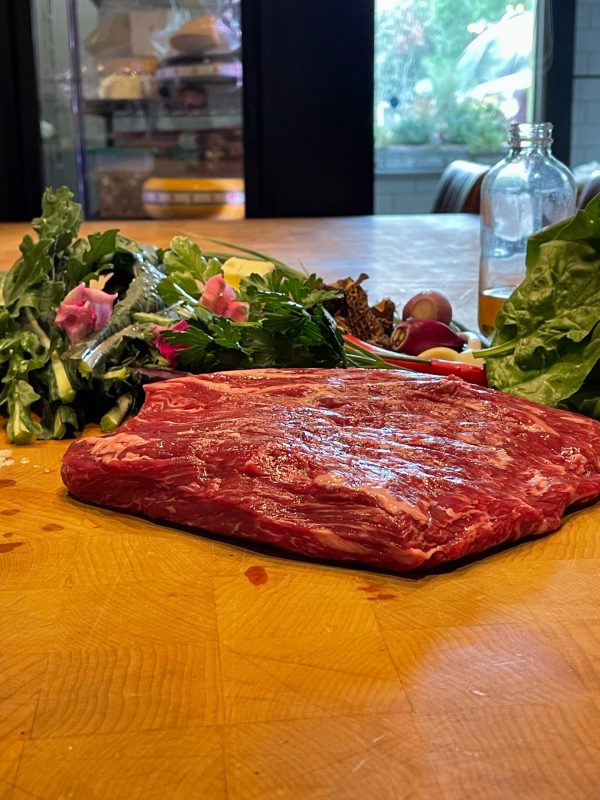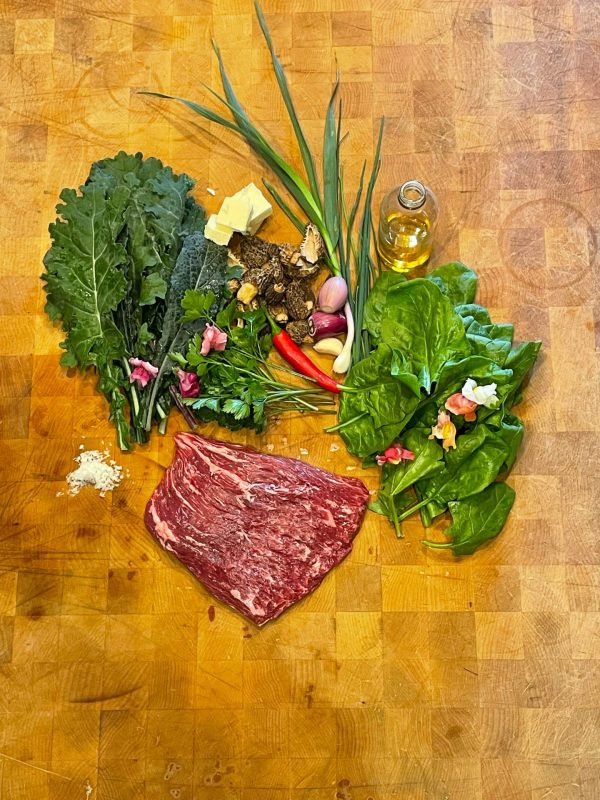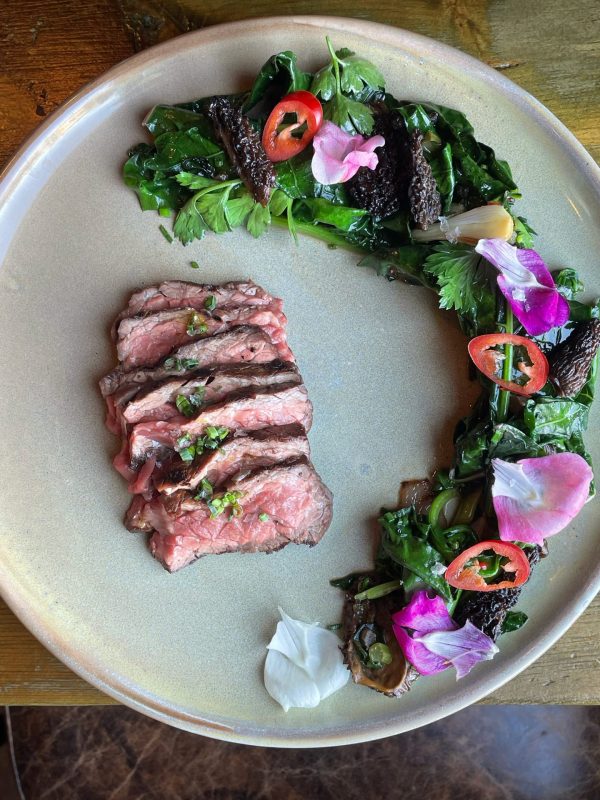The quality of Austrian white wines is no secret. Their versatility, freshness and complexity have made them favourites of chefs and sommeliers around the world.
And while intensely dark, powerful and high-alcohol red wines may have been all the rage in the 1990s and 2000s, today’s wine drinkers are leaning towards lively, delicate red wines displaying varietal typicity and food versatility. The Austrian wine industry is well positioned in this regard because the country also excels in growing refreshing, flavourful red wines with bright acidity, juicy fruit and moderate alcohol levels…and more people are starting to discover them.
While there are several red grapes that grow in Austria, the 3 main local varieties that are receiving increased international attention for the balanced, juicy, elegant and immensely drinkable wines they produce are Blaufränkisch, Zweigelt and Sankt Laurent.
Blaufränkisch is a traditional Austrian variety that dates back to the 18th century and is probably a cross between Sbulzina and Weißer Heunisch. Blaufränkisch was previously widely-planted throughout the Habsburg Monarchy, and the vast majority of its planting are in Burgenland. It is the most important red variety in Mittelburgenland, called Blaufränkischland. In Germany it was referred to as “Lemberger” and in Hungary, it is known as Kékfrankos.
The typical aromas of Blaufränkisch wines display notes of wild berries and cherries, as well as a powerful acidity. Blaufränkisch can yield outstanding wines ranging from medium to full body with dense structure and prominent tannins. The wines are often impetuous in their youth but develop velvety facets when they age. And these wines can have very good ageing potential.
A few producers to watch for include Wachter Wiesler, Krutzler, Claus Preisinger, Moric, Prieler and Weninger.
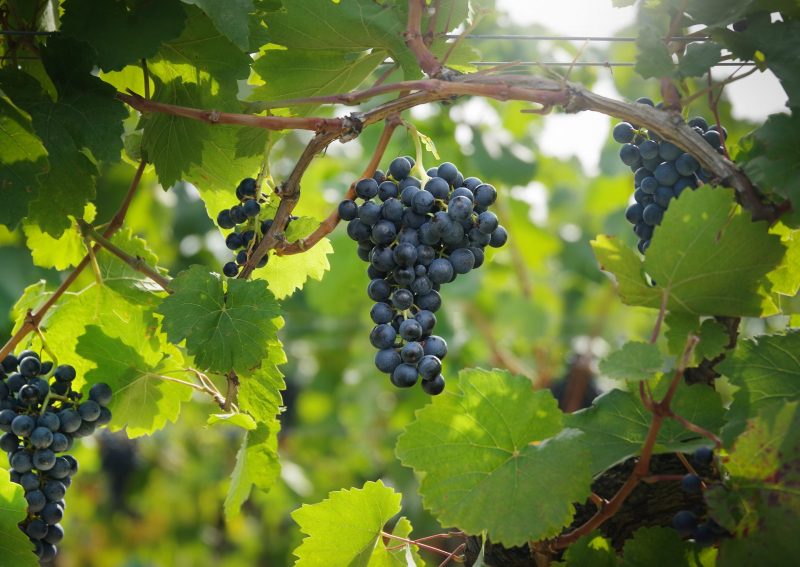
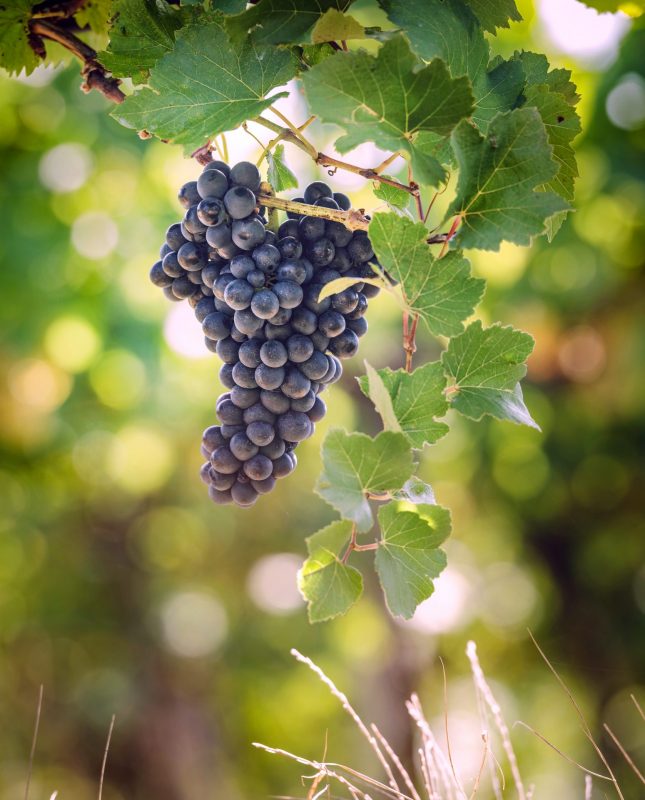
The high quality St. Laurent variety belongs to the Pinot family, and the synonym Pinot St. Laurent suggests a pinot seedling. This autochthonous variety is found mainly in the Niederösterreich and northern Burgenland. St. Laurent can be challenging to grow, which is why it has not always been popular. The variety needs a vineyard with soils in which the vines can root deeply. It is sensitive during the flowering period, easily harmed by late frosts and produces low, irregular yields. But, St. Laurent can result in high quality dark, dense and fruity red wines with aromas of morello cherry that have aging potential.
Some producers to seek out include Gruber, Pittnauer, Rabl, Reinisch, Ebner-Ebenauer and Brundlmayer.
Zweigelt was created in the 1920’s by Professor Fritz Zweigelt, by crossing Blaufränkisch and St. Laurent. It is the most widespread red wine variety in Austria and can be found in suitable sites in all wine-producing regions, but the majority of its plantings are in Niederösterreich and Burgenland.
The spectrum of wines made from Zweigelt ranges from young to more mature, produced by aging in barriques or with no use of wood at all. The wines are often bright, with tart raspberry and cherry fruit. The variety is often used as a blending component. In Carnuntum and the area around Lake Neusiedl, Zweigelt frequently yields premium wines. The variety is not very demanding in terms of soil, but it does require extensive pruning and yield management because of its high fertility. Too high a yield and a number of other stress factors (water and nutrient stress, waterlogging, unfavourable leaf-to-fruit ratio, extreme temperatures, etc.) will cause the grapes to wilt during ripening and, of course, wilted grapes cannot be used for wine production.
Fortunately, there are many producers in Austria who are growing wonderful wines from Zweigelt including Huber, Gruber Roschitz, Rabl, Malat, Gobelsburg and Claus Preisinger.
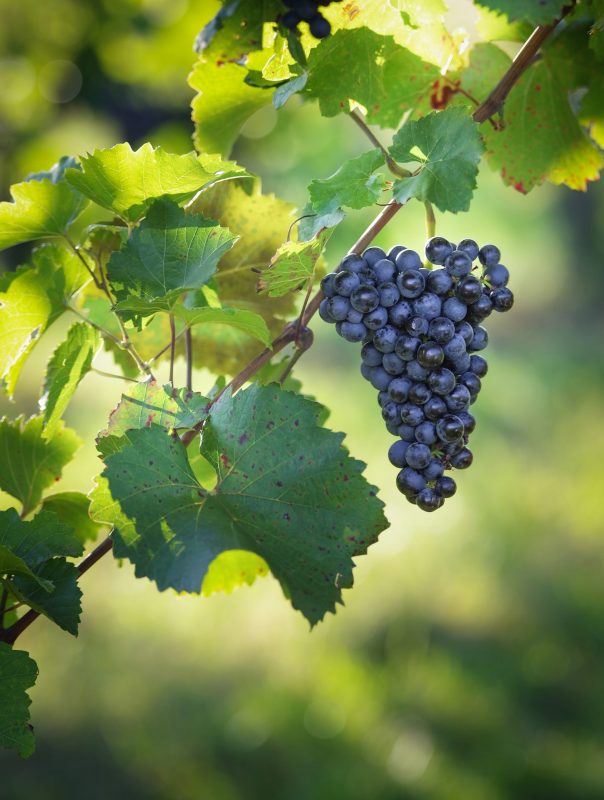
Austrian red wines are a great match with traditional Viennese dishes such as offals, wild mushrooms, whitefish, schnitzel, boiled beef and roast duck, but chefs and wine lovers the world over are discovering that the finesse and versatility of Austria’s reds are well suited to many styles of global and regional cuisines. In fact, the food versatility of Austrian red wines makes them the perfect go-to for the way in which so many of us dine on a daily basis. You could say that everyday is the right day for the fresh and delicious red wines of Austria. And here’s a serving tip – serve your Austrian reds at between 14-16 degrees C to maintain and accentuate their freshness. The cooler temperature will not just keep the wines bright, but also enhance their immense versatility and drinkability.
Blair Lebsack owner/chef of the award-winning RGE RD, recently named one of the 100 Best restaurants in Canada, and The Butchery by RGE RD has provided the following recipe specifically with the red wines of Austria in mind.
Dry Aged Beef Bavette (skirt or flank) with Morel Mushrooms & Wilted Greens
Serves 2
- 300-350 grams Beef Bavette
- 30 ml unsalted butter
- 45 ml first press canola oil
- 2 shallots split in half lengthwise
- Kosher salt & flaky sea salt
- 400 ml morel mushrooms, washed and dried, split in half lengthwise if large
- 30 ml chopped chives
- 4-5 sprigs whole flat leaf parsley
- 1 whole clove garlic
- 100 grams kale, remove stems & slice thinly, split leaves in half
- 85 grams spinach, split in half if large leaves
- Begonia flower petals
- Fresh cayenne pepper, thinly sliced
- 60 ml Austrian red wine
To cook bavette:
Heat grill to medium high (500F). Brush bavette with canola oil and sprinkle with salt. Place onto grill, leave for 2-3 minutes, turn and grill another 2-3 minutes, flip and cook the same on other side. Remove and allow to rest (keep warm) while finishing preparing the morels and wilted greens.
Put half the canola oil in pan over medium heat, add shallots and cook slowly, stirring occasionally for about 5 minutes until softened then remove shallots from pan.
In the same pan add remaining canola oil, turn up heat a little and add morels, cook for 3 minutes, season with salt, add kale stems and cook another 3 minutes. Deglaze pan with wine, add butter, add kale leaves and cook for 2 minutes. Turn off heat and add spinach to pan. Add shallots back into pan, along with cayenne, parsley and toss to wilt and warm through. Season to taste with salt.
Divide evenly onto 2 plates.
Slice bavette thinly, against the grain. Divide steak onto 2 plates. Sprinkle with begonia flowers and flaky sea salt.
RGE RD
Inspired by a series of dinners to gather friends and neighbours on farms throughout Central Alberta – the dream of building a restaurant became a reality for Chef Blair Lebsack and Caitlin Fulton with the opening of RGE RD in 2013.
With a strong focus on wood fire cookery and whole animal butchery – RGE RD is where you’ll find cuisine celebrating the tastes and flavours of the prairies composed using traditional techniques handed down from generation to generation integrated with modern contemporary techniques executed with skill, passion, respect and understanding of seasonal ingredients.
Our kitchen team is led by talented, award-winning chefs. Our Front of House and Culinary team is made up of kind, loyal, professional individuals who are passionate about food and hospitality. Together, we honour, celebrate and amplify our local farms and partners along with the fruits of their care and labour. With our commitment to sourcing ingredients according to best practices and sustainability, it is no coincidence that the results are simply more delicious.
RGE RD is always a feast for the senses and we invite all to eat off the beaten path.
Photo credit for recipe: RGE RD
Photo credit for grapes: © Austrian Wine / WSNA

